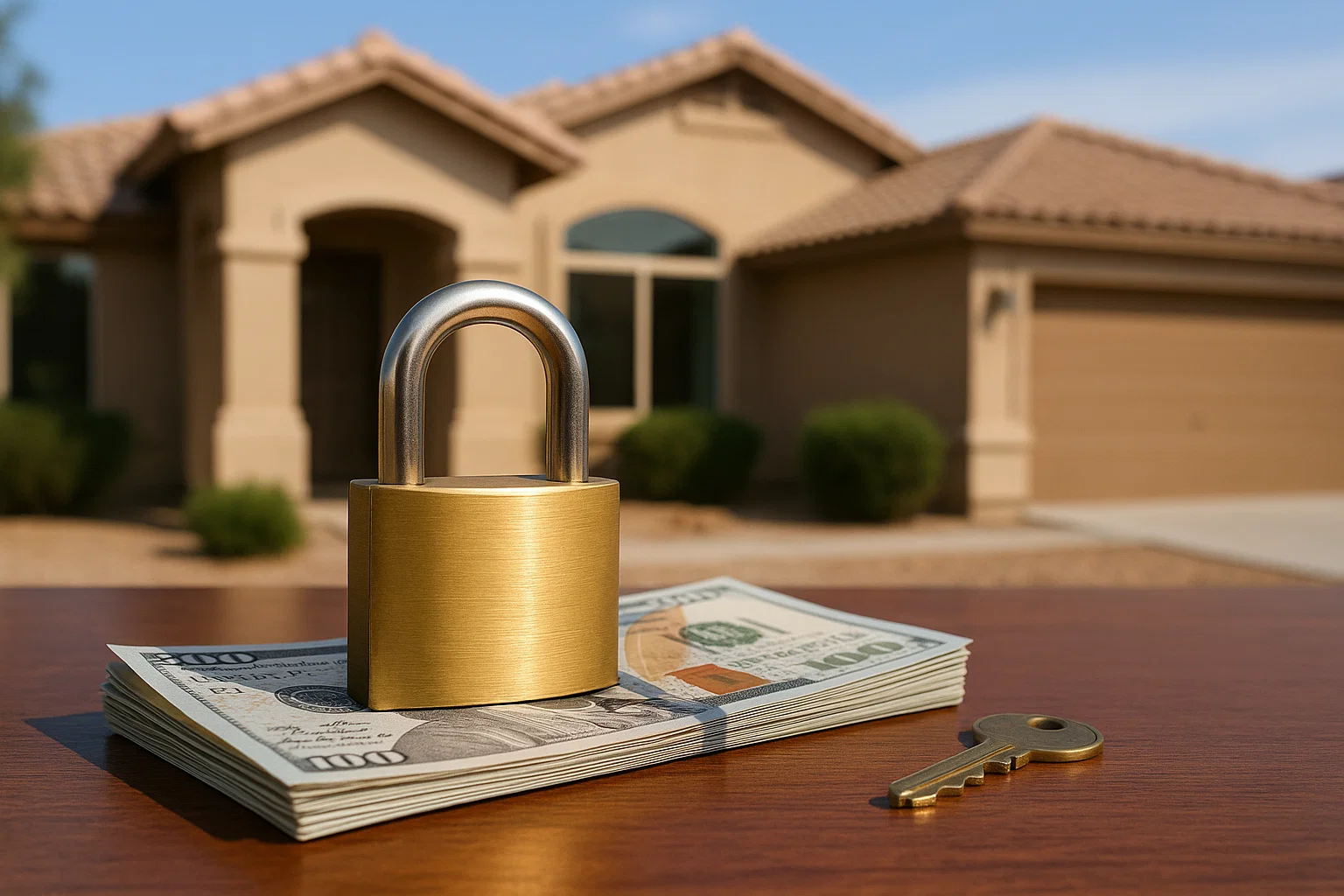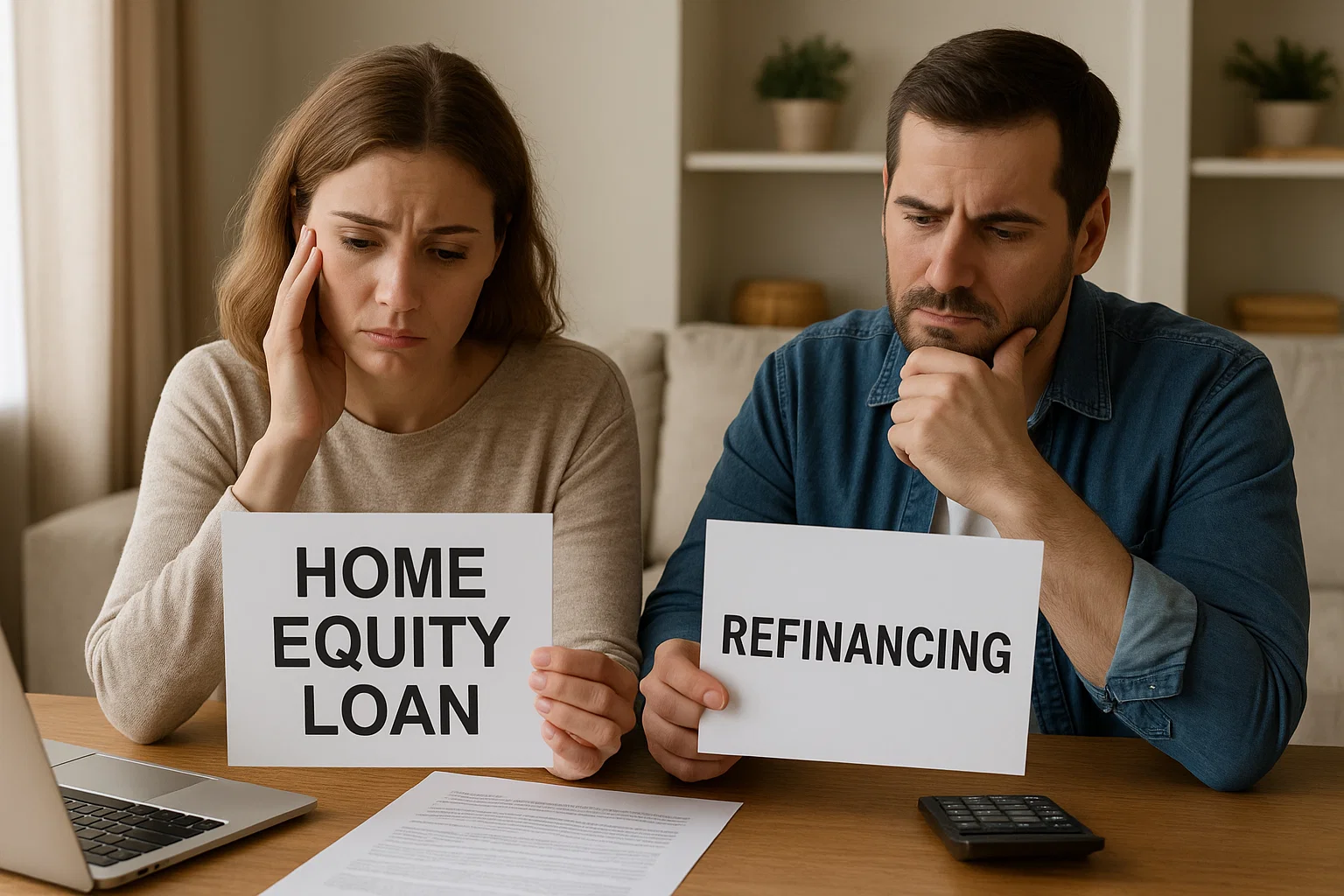.png)
Purchasing your first home is a significant achievement. Often, securing approval involves compromises on mortgage terms. First-time buyers might accept higher interest rates due to a limited credit history, smaller down payments, or the requirement for specialized loan programs. However, these initial terms do not have to be permanent. Refinancing offers a powerful opportunity for new homeowners to optimize their mortgages shortly after purchase, capitalizing on improved financial standing and changes in the market to build wealth faster and reduce costs.
Why Early Refinancing Benefits First-Time Buyers
Refinancing within the first few years of ownership can be particularly advantageous for several key reasons:
- Improved Credit Profile: After 12 to 24 months of consistent and timely mortgage payments, your credit score can see a significant boost. This demonstration of reliability often unlocks access to more competitive interest rates than those available when you first purchased the home.
- Increased Home Equity: Even modest property appreciation, combined with a year or two of principal payments, increases your home equity. Reaching at least the 20% equity threshold allows you to refinance into a conventional loan and eliminate costly Private Mortgage Insurance (PMI), which is commonly required for first-time buyers with low down payments.
- Higher Income: Career progression following a home purchase may lead to a higher income and consequently, a lower debt-to-income (DTI) ratio. A stronger financial profile makes you a more attractive candidate for refinancing with better terms.
- Favorable Market Conditions: If market interest rates have dropped since you bought your home, refinancing allows you to exchange your initial higher rate for a new, lower one, resulting in immediate monthly savings.
Key Refinancing Strategies for New Homeowners

Lowering Monthly Payments and Interest Rates
The most common objective of refinancing is to reduce monthly housing costs. Securing a lower interest rate is the primary way to achieve this. A reduction of even 0.5% to 1% can lead to substantial savings over the life of the loan. These savings can then be redirected toward other financial goals, such as investing, building an emergency fund, or paying down other debts.
Eliminating Private Mortgage Insurance (PMI)
For those who made a down payment of less than 20%, PMI is typically a mandatory additional cost. Once your home equity reaches the 20% mark, refinancing permits you to drop this monthly expense. For example, eliminating PMI on a $300,000 loan could result in savings of $100–$200 per month, which significantly improves your cash flow.
Switching Loan Types
Many first-time buyers begin with an FHA loan or an Adjustable-Rate Mortgage (ARM) to make homeownership more accessible. Refinancing provides the chance to switch to a conventional fixed-rate loan. This provides payment stability and predictability, offering protection from the risk of future interest rate hikes that are associated with ARMs.
Shortening the Loan Term
If your income has increased since you bought the home, you might consider refinancing from a 30-year mortgage to a 15-year or 20-year term. While this generally means a higher monthly payment, it allows you to build equity much faster and pay significantly less total interest, enabling you to become debt-free sooner.
Steps to Take Before Refinancing
Before committing to a refinancing loan, new homeowners should take several preparatory steps:
- Assess Your Financial Situation: Check your current credit score and review your DTI ratio. A higher score and lower DTI will qualify you for better refinancing options.
- Determine Your Home's Value: Obtain an estimate of your home's current market value. This allows you to calculate your equity (the home's value minus the outstanding loan balance). Lenders usually require at least 20% equity for the most favorable terms.
- Define Your Goal: Clarify precisely what you want to achieve with the refinance—whether it's eliminating PMI, securing a shorter term, or obtaining a lower payment. Your specific goal will guide your choice of loan product.
- Shop Around: Compare offers from multiple lenders, including your existing one. Look closely at the interest rate, APR, closing costs, and any points associated with the loan to find the best overall deal.
- Calculate the Break-Even Point: Determine the amount of time it will take for your anticipated monthly savings to offset the closing costs of the refinance. If you plan to stay in your home well beyond this point, refinancing is likely a good financial move.
Refinancing is not just for seasoned homeowners. For first-time buyers, it represents a crucial early opportunity to correct initial compromises and align a mortgage with a more mature financial profile. By capitalizing on improved credit, increased equity, and favorable market shifts, new homeowners can set a course for faster wealth creation and greater financial stability.













Get in touch with a loan officer
Our dedicated loan officers are here to guide you through every step of the home buying process, ensuring you find the perfect mortgage solution tailored to your needs.
Options
Exercising Options
Selling
Quarterly estimates
Loans
New home

Stay always updated on insightful articles and guides.
Every Monday, you'll get an article or a guide that will help you be more present, focused and productive in your work and personal life.









.png)
.png)
.png)
.png)
.png)
.png)
.png)
.png)
.png)
.png)
.png)
.png)
.png)
.png)
.png)
.png)
.png)
.png)